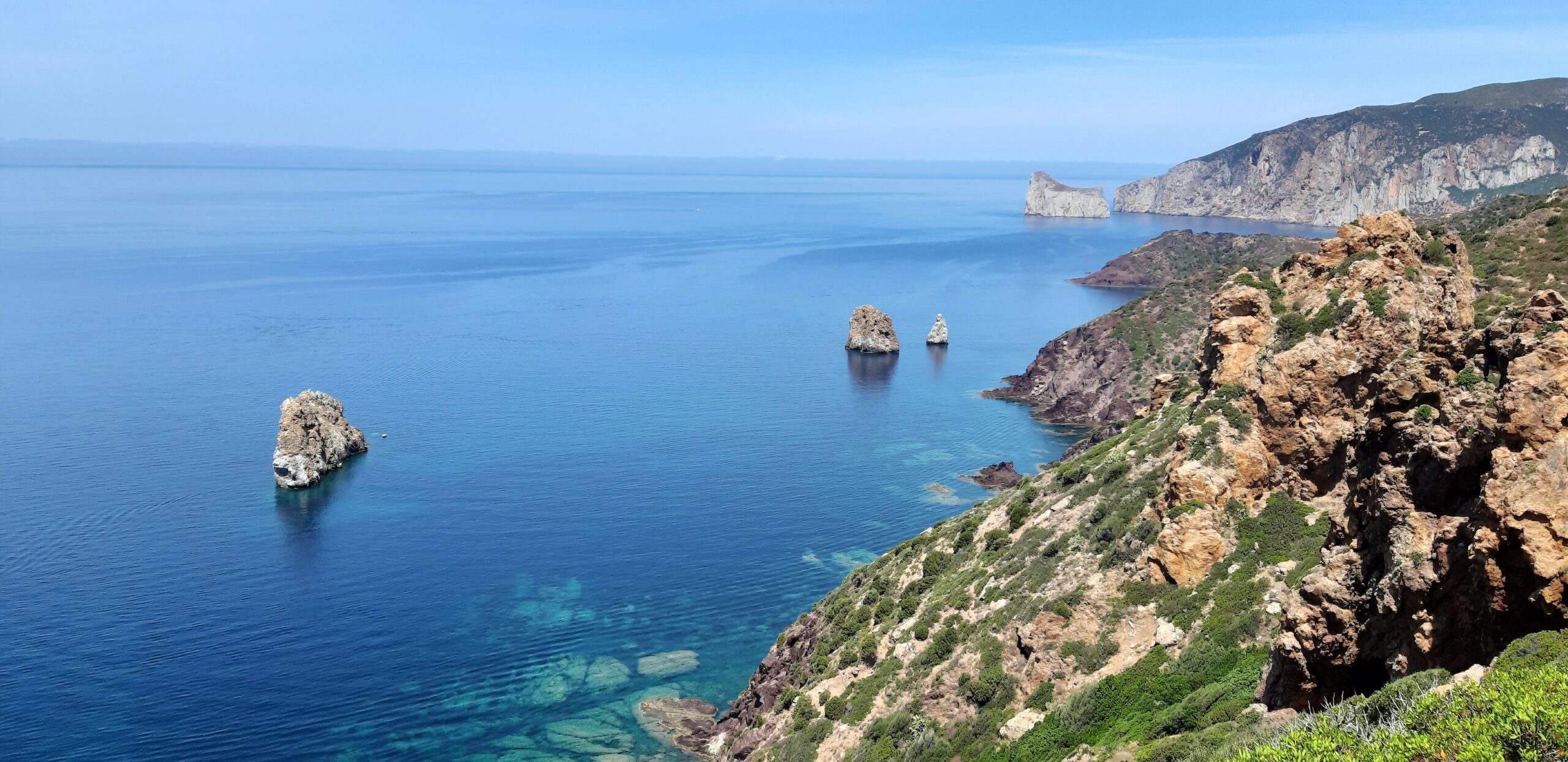DISCOVERING IGLESIAS: A JEWEL OF HISTORY, MINES AND SARDINIAN TRADITIONS.
In the heart of Sulcis Iglesiente, about 60 km from Cagliari, in the extreme south-west of Sardinia, lies a town that will enchant anyone who sets foot in it. Iglesias is a perfect destination for travellers in search of authentic experiences: a journey through culture, nature and traditions that intertwine like the threads of an ancient tapestry.
✅ The origins of the name and historical identity.
The name 'Iglesias' comes from Spanish and means 'churches'. The ancient Latin toponym 'Villa Ecclesiae'(church village), later adopted by the Pisans as Villa di Chiesa, emphasises the massive presence of religious buildings and the ecclesiastical importance of the town already in the Middle Ages. Founded in the 13th century under Pisan and then Aragonese rule (in 1324), the city grew around one of the most productive mining centres in the Mediterranean already in Roman times.
It was one of the first mints on the island (in 1504)testimony to the economic importance of the city in the production system of the Spanish Crown. Locally mined silver and lead coins were minted in the royal mint of Iglesias.
✅ An old town between churches and castles.
Strolling through the historical centre of Iglesias, one gets lost among cobbled alleys, elegant squares such as Piazza Sella and Piazza Oberdan, ancient churches and architecture that recount centuries of Pisan, Aragonese and Spanish dominations.
🔹 One of the symbols of the city is the Salvaterra Castle, built by the Pisans in the 13th century was one of the most important fortifications for controlling the mines and trade routes. Situated on a hill overlooking the town, the castle has a rectangular plan with angular towers and limestone walls.
The castle is part of a Pisan defensive network that includes the castle of Acquafredda (Siliqua), that of San Michele (Cagliari), Serravalle (Bosa), and the fortifications of Bonifacio in Corsica and the Tuscan Maremma. The medieval walls of Iglesias, also built in the Pisan period, still retain towers and clearly visible sections surrounding the historic centre.
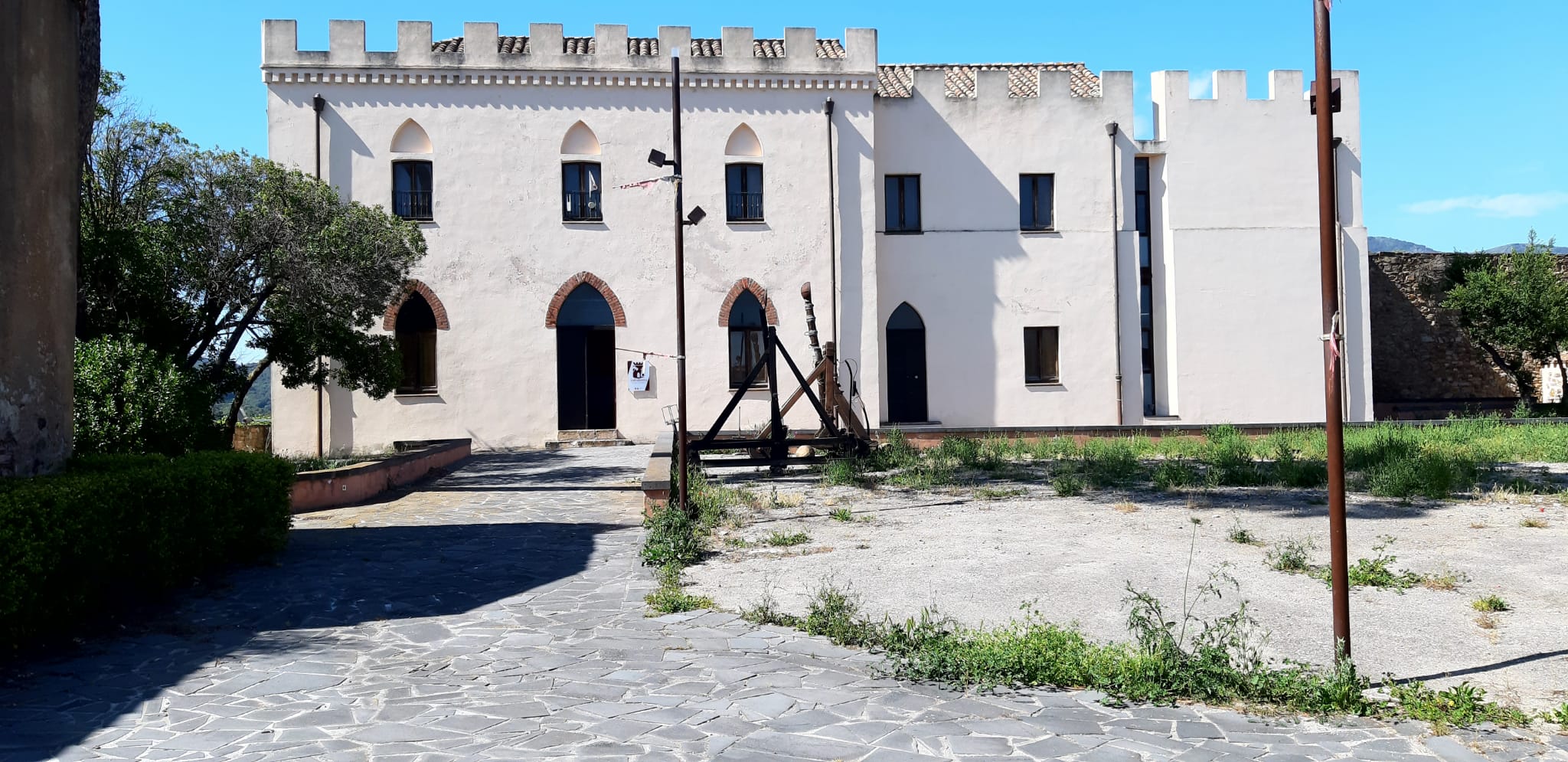
🔹 Salvaterra Castle houses the Permanent Exhibition of Medieval History and Torture, an impressive and educational collection of faithful reconstructions of instruments of justice and torture used in the Middle Ages. The exhibition, although crude, aims to tell the story of the evolution of law and the concept of punishment throughout history, with information panels in several languages. It is an engaging stage for adults and students, useful for understanding the contradictions and rituals of medieval society.
🔹 But it is in the Cathedral of St Clare a European unicum: it is the only cathedral entirely dedicated to St Clare of Assisi, the founder of the Clarisse order. Built between 1284 and 1288 by the Pisans and extended in the Aragonese period, it is one of the most significant examples of medieval religious architecture in Sardinia. The church has a bell gable, a Gothic apse and valuable Baroque altars. Inside are works of sacred art and relics of local saints.
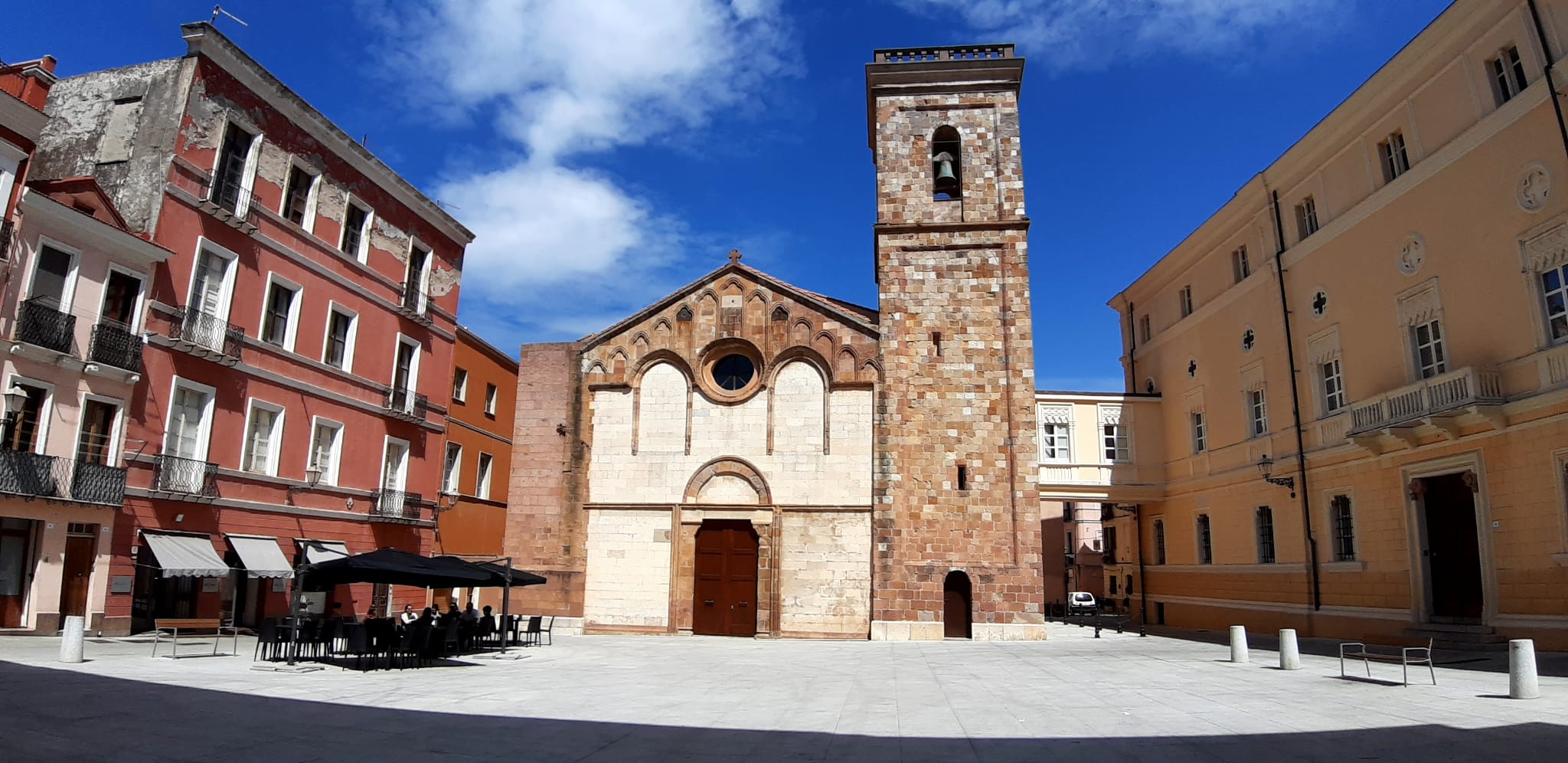
✅ Iglesias and the Franciscans.
The presence of the Franciscan Friars Minor in Iglesias has deep roots. They arrived in the 14th century by papal and royal will (John XXII, James II of Aragon) and played a central role in spirituality, education and assistance. The Gothic-Catalan Church of St Francis is a symbol of their legacy. It was closed in 1899 and reopened after restorations that brought the Franciscans back in 1935.
✅ Traditions, folklore and the Candlesticks.
🔹 Iglesias is famous for its religious festivals. The Holy Week, one of the most evocative on the island, is marked by solemn processions organised by the ancient confraternities.
🔹 The most identifying event is the Descent of the Candlesticks, celebrated on 15 August during the Feast of the Assumption, 'Sancta Maria di Mezo Gosto'. Eight large wooden candlesticks, votive symbols linked to past epidemics, are carried on the shoulders in procession. The tradition, dating back to the 13th century, was rediscovered in 1992.
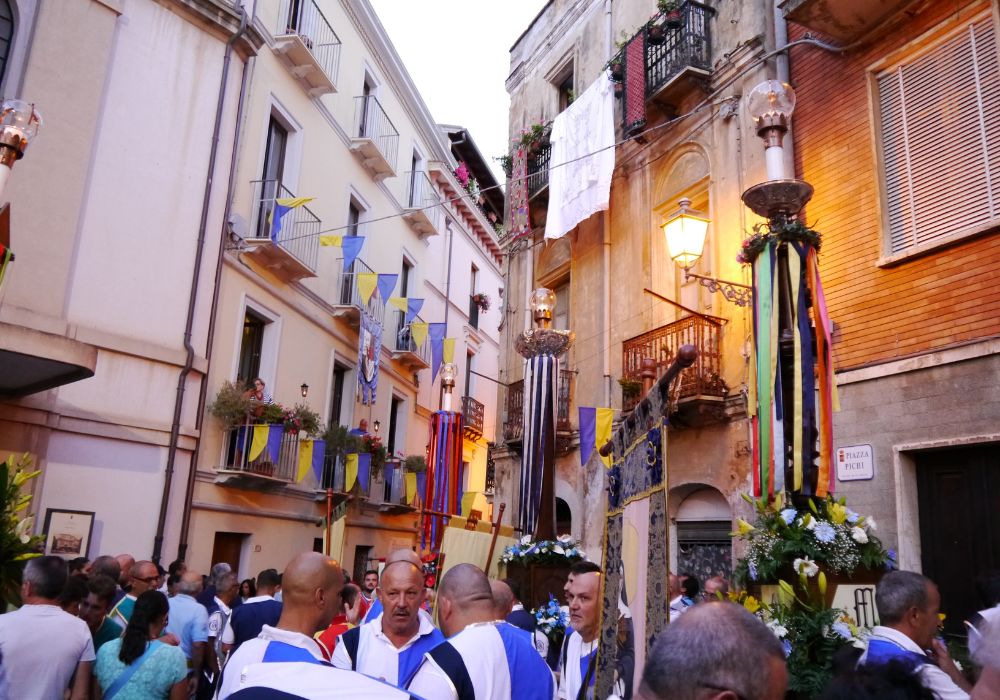
✅ Cultural events and historical re-enactments.
-
Iglesias Book Fair:
Every year Iglesias hosts an event that transforms the city into a literary salon with meetings with authors, workshops for children, exhibitions and readings in the squares and libraries. -
Medieval Festivalhistorical re-enactment with costumed processions, falconers, artisan stalls, travelling shows and medieval duels.
-
Iglesias in Blossom, colouring the streets of the centre with floral carpets.
-
Medieval White Night, an evening event with entertainment, jugglers, ancient music and tastings of traditional dishes.
✅ Museums and industrial archaeology.
🔹 The Mining Art Museum, located in the Asproni Institute, recounts the city's mining past with original tools, models and a visitable underground gallery.
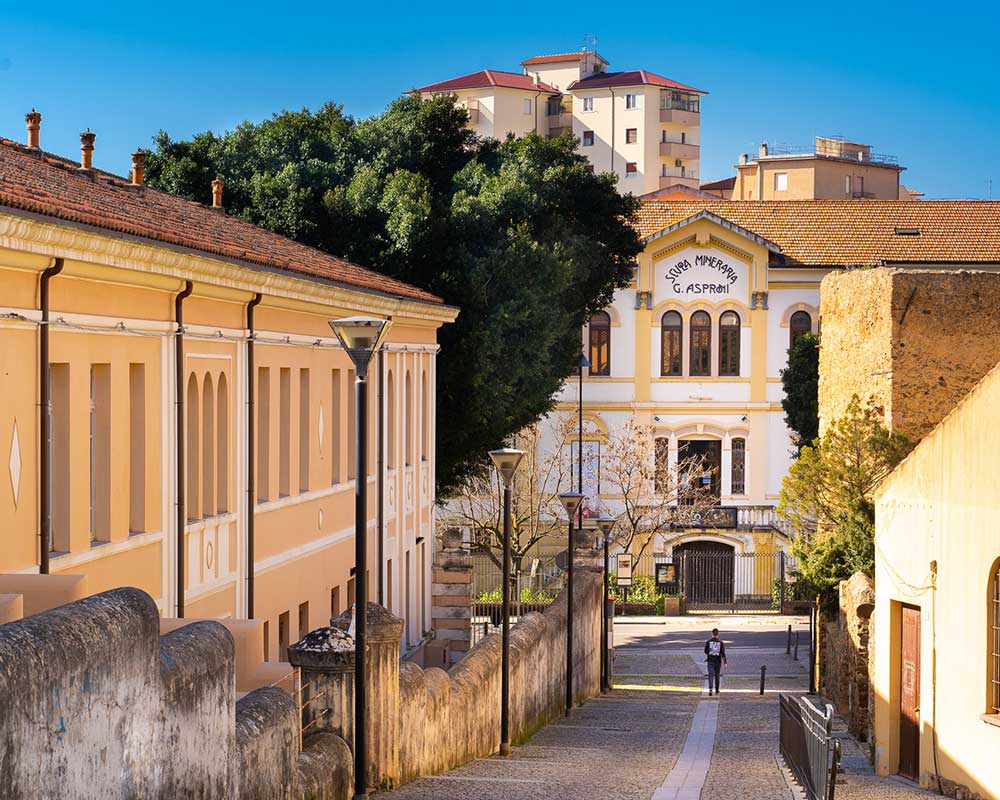
🔹 Don't miss the sites of the Historical and Environmental Geomining Park, UNESCO heritage site:
-
Porto Flavia: for security reasons, entry to the mine site is restricted and can be visited with reservation required.
-
Monteponi Mine: can be visited with reservation required, includes the Pozzo Vittorio Emanuele II, the Palazzina Bellavista, and the Galleria Villamarina.
-
Henry Gallery: located fifty metres above sea level, above the town of Buggerru, the tunnel extends for about one kilometre across the Planu Sartu plateau. This tunnel, carved out of solid rock, is majestic: it was created in the year 1892 with the use of a steam locomotive; this innovative system, by means of a modern railway network, quickly replaced the slow and costly transport of mules and other cargo animals. It is open seasonally and booking via visitbuggerru.it.
-
Santa Barbara Cave and San Giovanni MineIt is located inside the San Giovanni Mine and can be reached through a complex network of underground tunnels, accessible by a small train that, after a 700-metre journey, leads to a lift up a shaft.The access is limited for safety issues and is strongly recommended buy the ticket in advance of the visit.
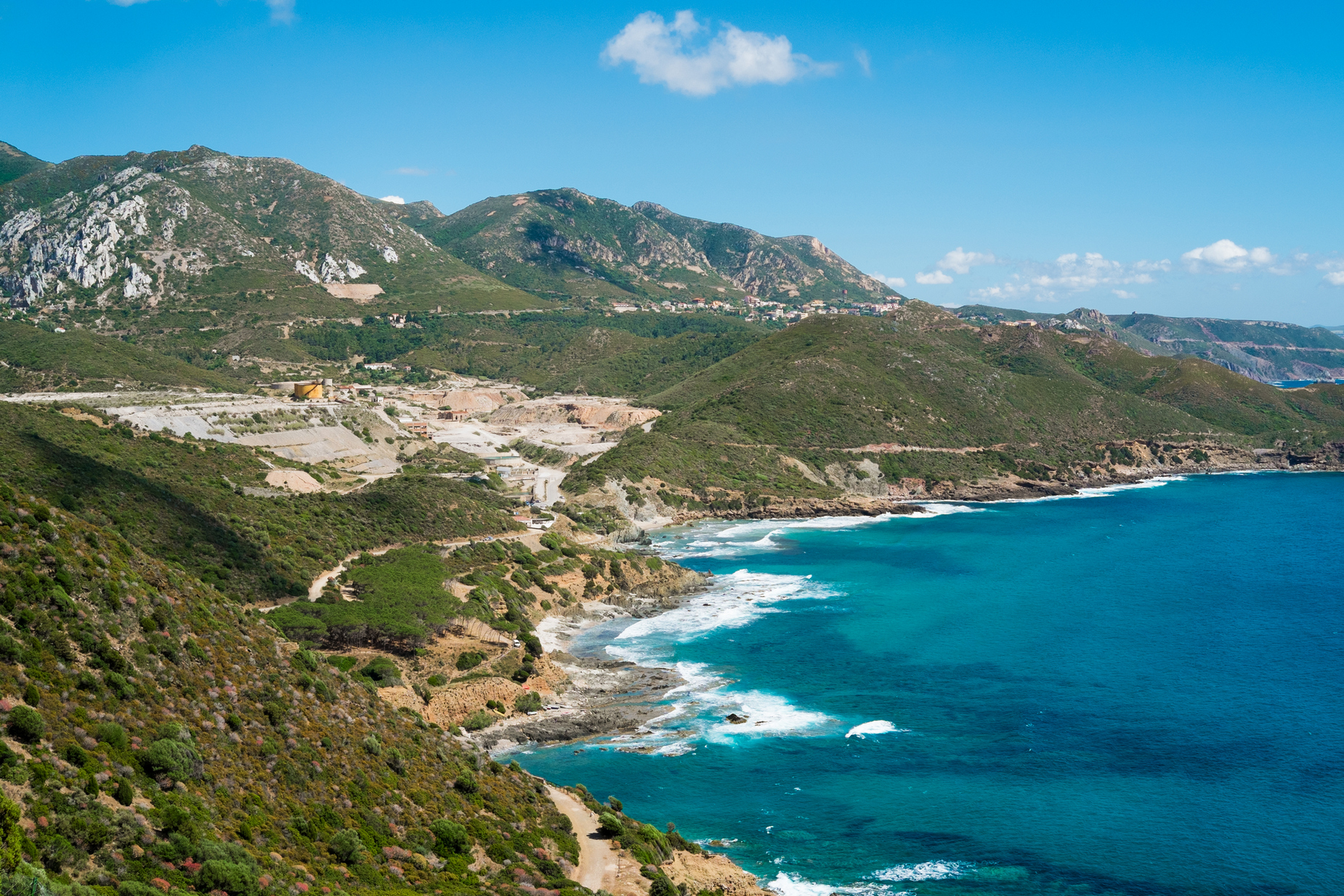
✅ The Santa Barbara Mining Trail.
A circular hiking and spiritual itinerary of about 500 km in 30 stages (also 9 cycling stages), starting and ending in Iglesias. It passes through abandoned mines, churches, villages and unspoilt landscapes of Sulcis Iglesiente.
🔹 The Santa Barbara Mining Trail Foundation provides:
-
Pilgrim's Credential.
-
Paper and digital maps, GPS tracks.
-
List of affiliated accommodations.
🔹 The path is passable independently, but for some stages or specific visits a professional guide is recommended (or required). Refreshment and reception services are present in the towns, but are lacking in the more remote sections: it is essential to plan each stage.
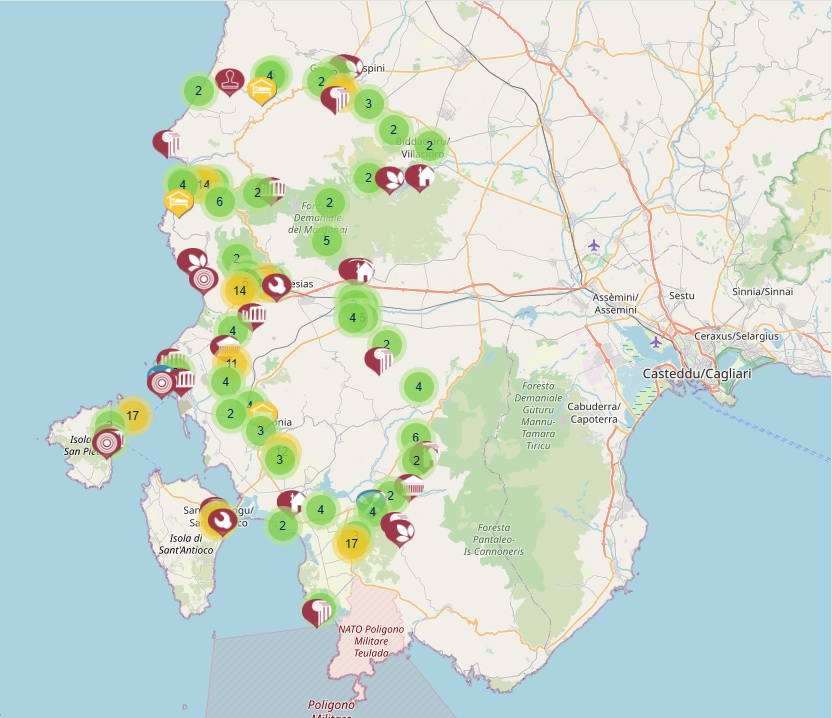
✅ Iglesiente food and wine.
🔹 Iglesias offers authentic culinary experiences:
-
Campidanese-style gnocchetti or ‘malloreddus'.
-
Fregola with clams.
-
Porceddu and local cheeses.
-
Desserts such as pardulas, seadas and amaretti.
-
Typical Campidanese breads such as the Civraxiu and the Moddizzosu.
-
Wines: Carignano del Sulcis, Cannonau, Monica, Nasco, Vermentino.

✅ Outdoor activities between sea and mines
🔹 Iglesias' geographical location, between the sea and the mountains, makes it ideal for:
-
Trekking and climbing (Nebida, Masua).
-
Kayaking, snorkelling, mountain biking on former railway and mining trails.
-
The Santa Barbara Mining Trail, for walkers and cyclists.
✅ Dream beaches in the surroundings.
🔹 A few kilometres from Iglesias are:
-
Masua BeachView of Pan di Zucchero (Sugar Loaf).
-
Cala Domestica: wild bay among the cliffs.
-
Funtanamare and Portixeddu: surfers' paradise.
-
Scivu and Piscinas: golden dunes and desert landscapes.
✅ Why visit Iglesias and Sulcis Iglesiente
Because Iglesias is a city that speaks with an ancient voice and a modern heart. It offers history, nature, culture, spirituality and hospitality. And it is the perfect starting point to explore the Sulcis Iglesiente: a strong, authentic and deeply human land.
✅ Useful contacts:
✅ Sources and insights:
-
A. Spissu, Iglesias medievale: una città mineraria nel giudicato di Cagliari, AM&D Edizioni, 2012.
-
S. Tola, Miniere e minatori della Sardegna, Il Maestrale, 2004.
-
G. Pitzalis, Settimana Santa in Sardegna, Condaghes, 2017.
-
S. Demurtas, I Candelieri: riti e devozione in Sardegna, Carlo Delfino Editore, 2015.
-
A. Carta, Cucina tradizionale della Sardegna, Ilisso, 2006.
-
sardegnaturismo.it, fieralibroiglesias.it, visitbuggerru.it.


